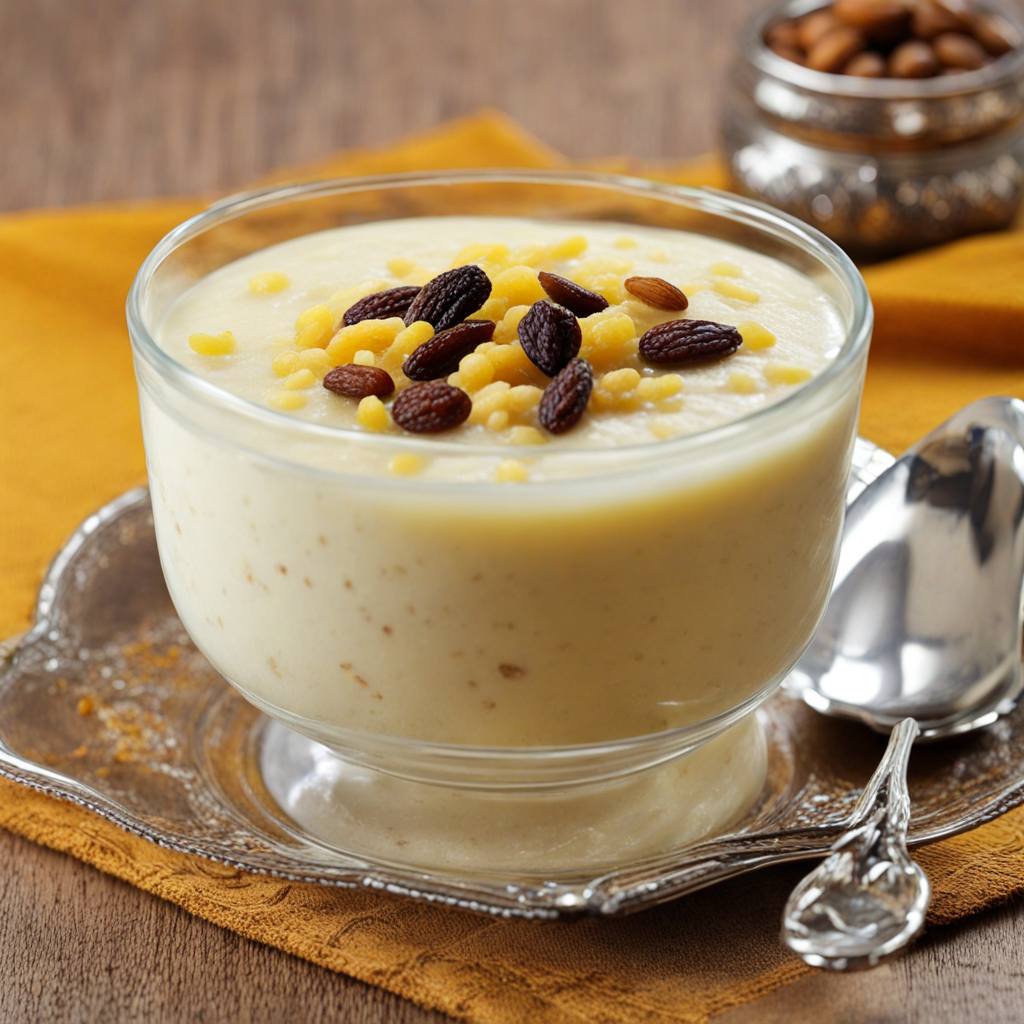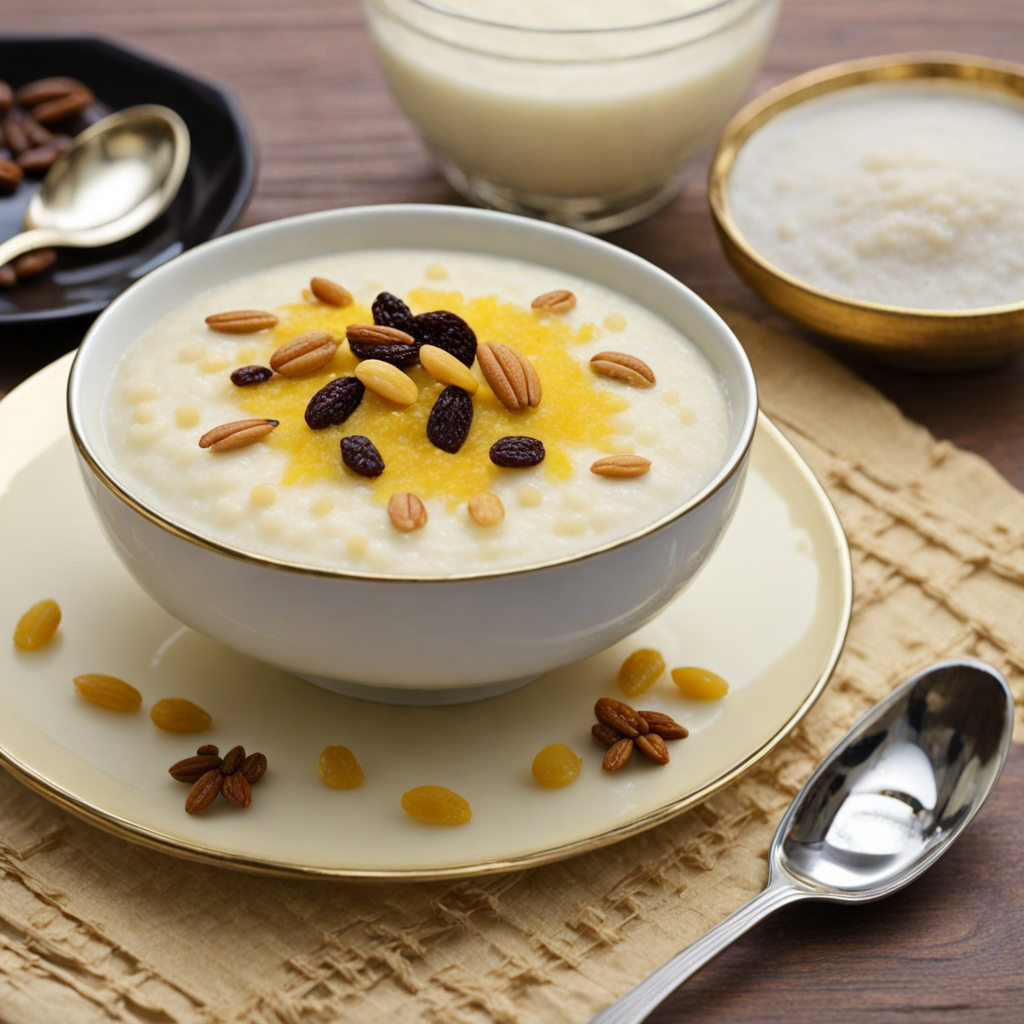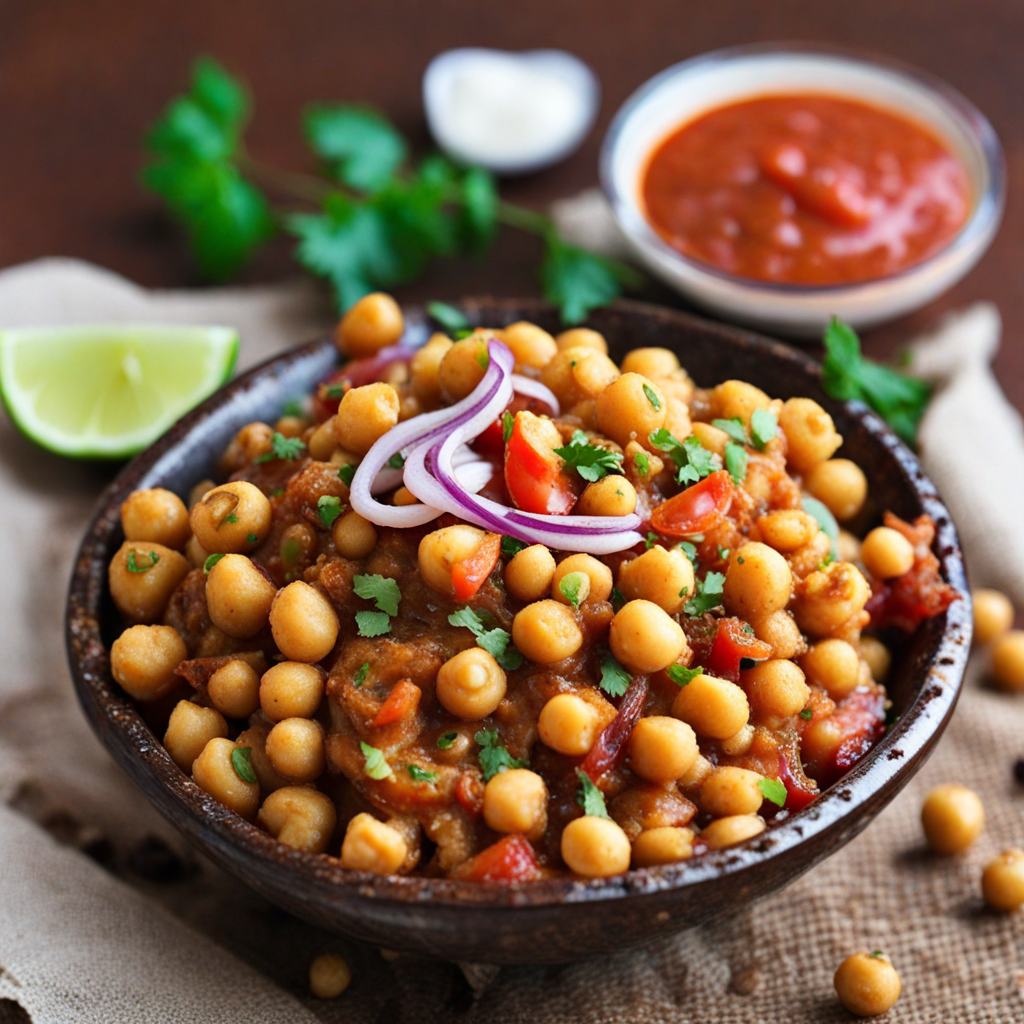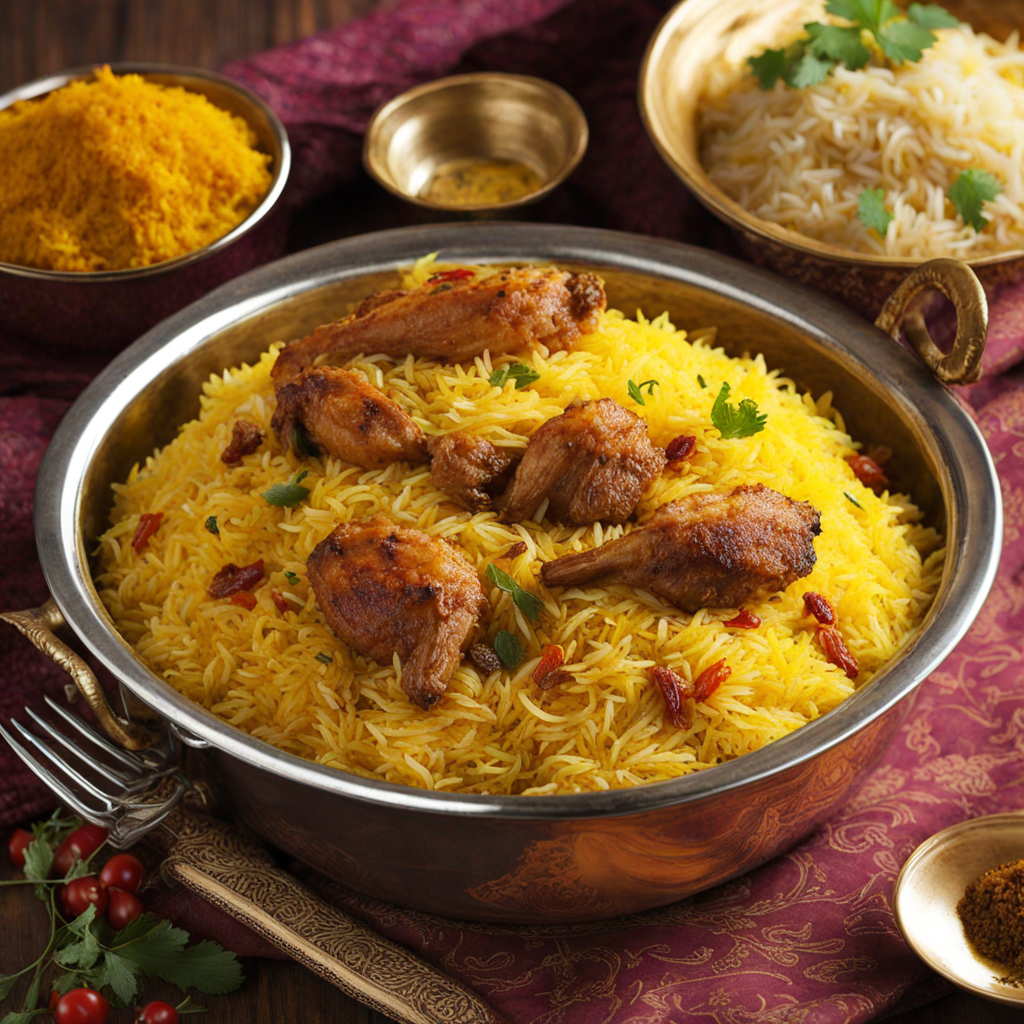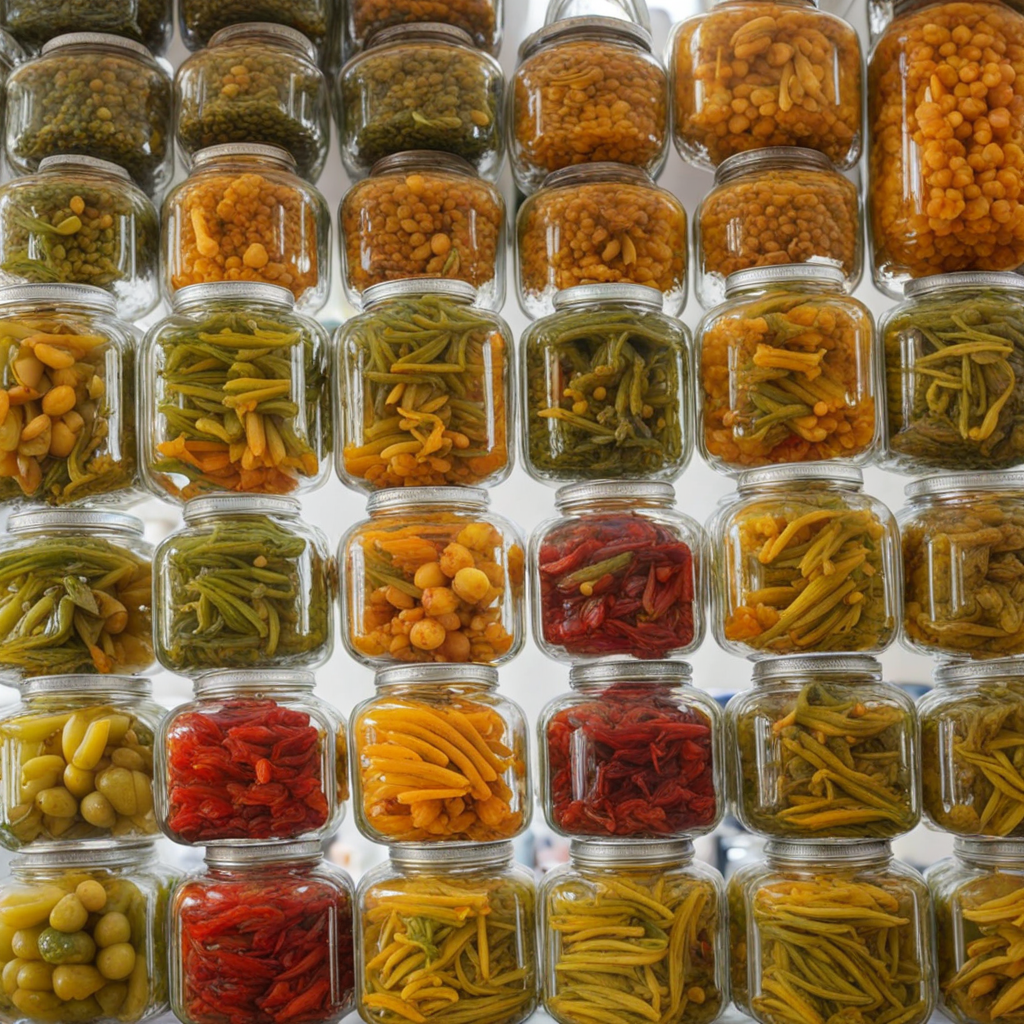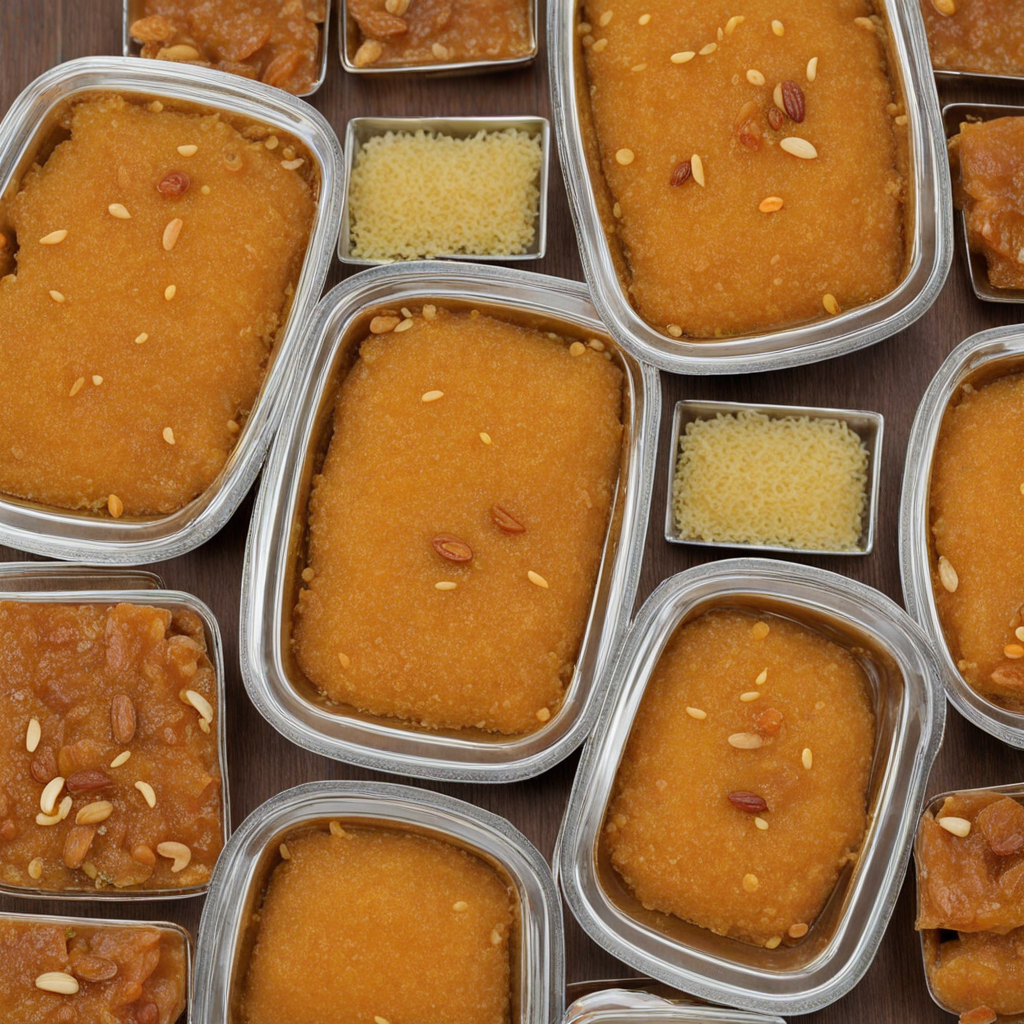Kheer
Kheer is a traditional South Asian dessert, particularly popular in Pakistan and India, known for its rich and creamy texture. This rice pudding is celebrated for its indulgent flavor and comforting qualities, making it a staple at festive occasions, weddings, and religious celebrations. The history of kheer can be traced back to ancient times, with references found in various texts and scriptures that highlight its significance in cultural and culinary traditions. It is believed that the dish originated from the Indian subcontinent, evolving over centuries to become a beloved sweet treat. The flavor profile of kheer is primarily characterized by its sweetness and the aromatic infusion of cardamom, which lends a warm and slightly spicy note. The dish often features the natural sweetness of milk, enhanced by sugar or jaggery, and is sometimes enriched with the addition of saffron, which imparts a luxurious golden hue and a distinctive flavor. The combination of these flavors creates a harmonious balance, making each bite a delightful experience. Kheer can be garnished with a variety of toppings, such as chopped nuts like almonds and pistachios, raisins, and sometimes even coconut, further enhancing its taste and texture. Preparation of kheer is a labor of love, requiring a careful and patient approach. The process typically begins with washing the rice, which is traditionally short-grain rice like basmati or any other variety that cooks tenderly. The rice is then cooked in a generous amount of milk, which is simmered slowly to allow the grains to absorb the
How It Became This Dish
Kheer: A Sweet Journey Through Time in Pakistan Kheer, a beloved traditional dessert in Pakistan, is not just a dish; it embodies the rich tapestry of cultural history, communal celebrations, and culinary evolution. This creamy rice pudding, typically made from rice, milk, sugar, and flavored with cardamom, nuts, and sometimes saffron, has enchanted palates for centuries. Its roots can be traced back to ancient civilizations, intertwining with the diverse cultural influences that have shaped the subcontinent. Origins of Kheer The origins of kheer can be linked to the ancient practices of cooking rice in milk, a staple in many agrarian societies. Evidence suggests that this dish may have roots in India, dating back to the Vedic period (1500-500 BCE), where rice was revered as a sacred food. As the Indus Valley Civilization flourished, the domestication of rice and the use of milk became prevalent, setting the stage for the creation of this delightful dessert. The word 'kheer' itself is derived from the Sanskrit word ‘kshira’, meaning milk, which highlights its fundamental ingredient. This dish was likely prepared for religious rituals and offerings, symbolizing prosperity and abundance. With the passage of time, the preparation of kheer evolved, absorbing various influences from different regions, cultures, and religions. Cultural Significance Kheer holds a significant place in the culinary traditions of Pakistan and the broader South Asian community. It is more than just a dessert; it often marks celebrations and festive occasions. Whether it's a wedding, a religious festival like Eid, or a family gathering, kheer is a staple dish that brings people together. In Pakistani households, preparing kheer is often a communal activity. Family members gather in the kitchen, stirring the pot and sharing stories, laughter, and memories. The act of making kheer is imbued with love and care, passed down through generations as a cherished family recipe. Each family may have its unique twist on the dish, whether it's the type of rice used, the addition of dry fruits, or even the method of cooking. Moreover, kheer symbolizes hospitality in Pakistani culture. When guests visit, offering a bowl of kheer is a gesture of welcome and warmth. It reflects the host's desire to share something special, showcasing the importance of community and togetherness that is deeply rooted in the culture. Variants and Regional Differences As kheer traveled across the Indo-Pak subcontinent, it transformed into various regional variants, each with its unique flavors and ingredients. In Punjab, for instance, the use of basmati rice and a generous amount of cardamom gives kheer a distinct aroma and taste. In Sindh, kheer might be prepared with jaggery instead of sugar, lending a different sweetness and color to the dish. In the mountainous regions of northern Pakistan, kheer is often enriched with local ingredients such as dried fruits and nuts, reflecting the agricultural bounty of the area. The use of fresh, creamy buffalo milk also enhances the richness of the dessert, making it a luxurious treat. The Mughals, who ruled the Indian subcontinent from the 16th to the 19th centuries, left an indelible mark on the culinary landscape, including kheer. They introduced various flavors and ingredients, elevating kheer to royal status. Saffron, pistachios, and almonds became popular additions, transforming it into a dish fit for emperors. This Mughal influence is still evident in the way kheer is prepared and presented during special occasions in Pakistan. The Modern Era In contemporary Pakistan, kheer remains a staple dessert, but its preparation has seen some modern adaptations. With the advent of technology and the changing pace of life, many households now opt for quicker methods, such as using pressure cookers or even making instant kheer mixes available in stores. However, the traditional slow-cooking method still holds a special place, cherished for the depth of flavor and texture it imparts to the dish. In urban areas, kheer has also found its way into modern cafes and restaurants, where chefs experiment with flavors and presentations. Innovative takes on kheer include variations such as chocolate kheer, fruit-infused versions, and even vegan alternatives made from coconut milk and alternative sweeteners. This evolution reflects the adaptability of kheer, allowing it to remain relevant and appealing to younger generations while honoring its traditional roots. Kheer in Literature and Folklore Kheer's significance extends beyond the kitchen; it has been woven into the fabric of literature and folklore as well. Poems, songs, and stories often reference kheer as a symbol of love, comfort, and celebration. It has been featured in popular media, where its preparation is depicted as a labor of love—a way to express affection and care for family and friends. In folklore, kheer is often associated with various legends and tales, where it is depicted as a magical dish that brings happiness or prosperity to those who partake in it. Such stories further enhance its status as more than just a dessert; it is a bearer of tradition and a medium of cultural expression. Conclusion Kheer is a dish that transcends time and place, embodying the essence of Pakistani culture and its rich heritage. From its ancient origins to its modern adaptations, kheer continues to be a symbol of celebration, community, and love. As it evolves, it remains a testament to the enduring nature of culinary traditions that connect generations, nourish relationships, and offer a taste of home. Whether served in a simple bowl at a family gathering or elegantly presented at a wedding banquet, kheer is a sweet reminder of the deep cultural roots that bind us together. In every spoonful, there is a story waiting to be told—a story of love, tradition, and the unbreakable bonds of family.
You may like
Discover local flavors from Pakistan


